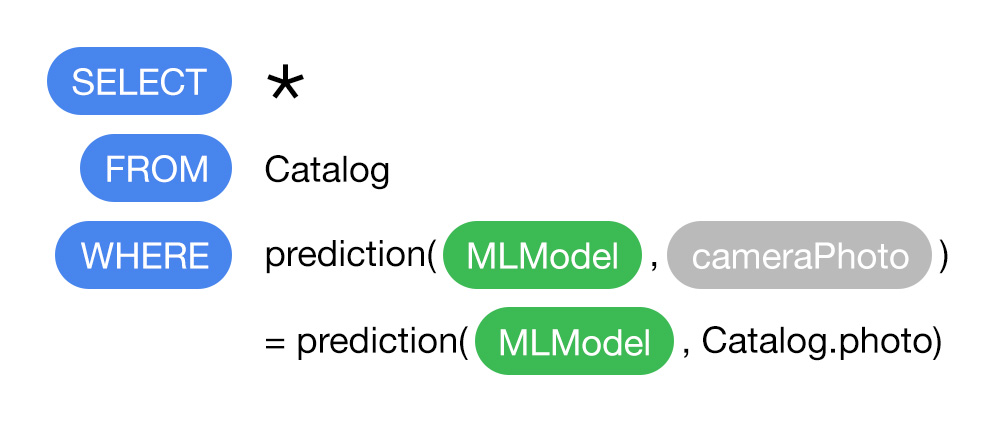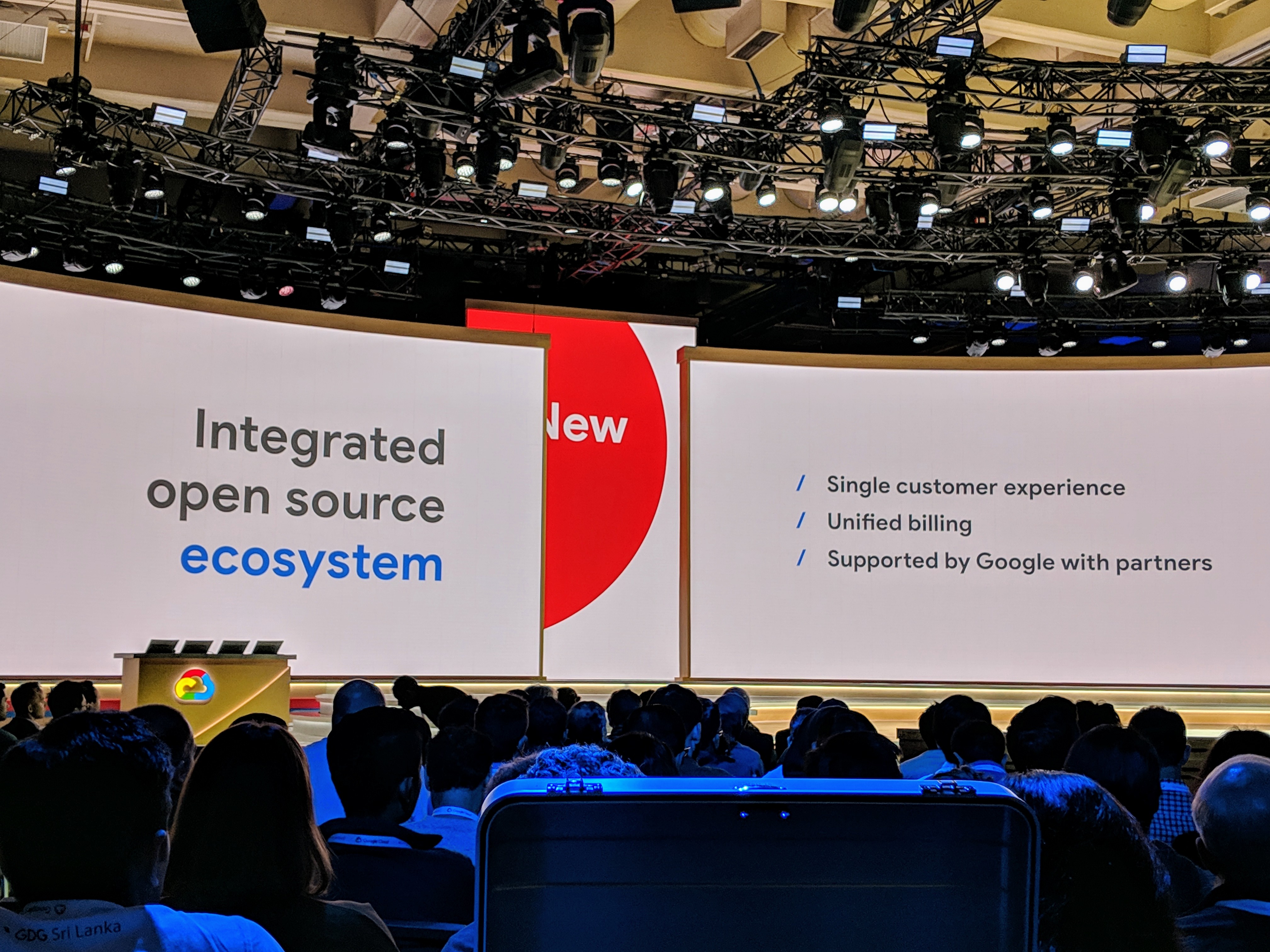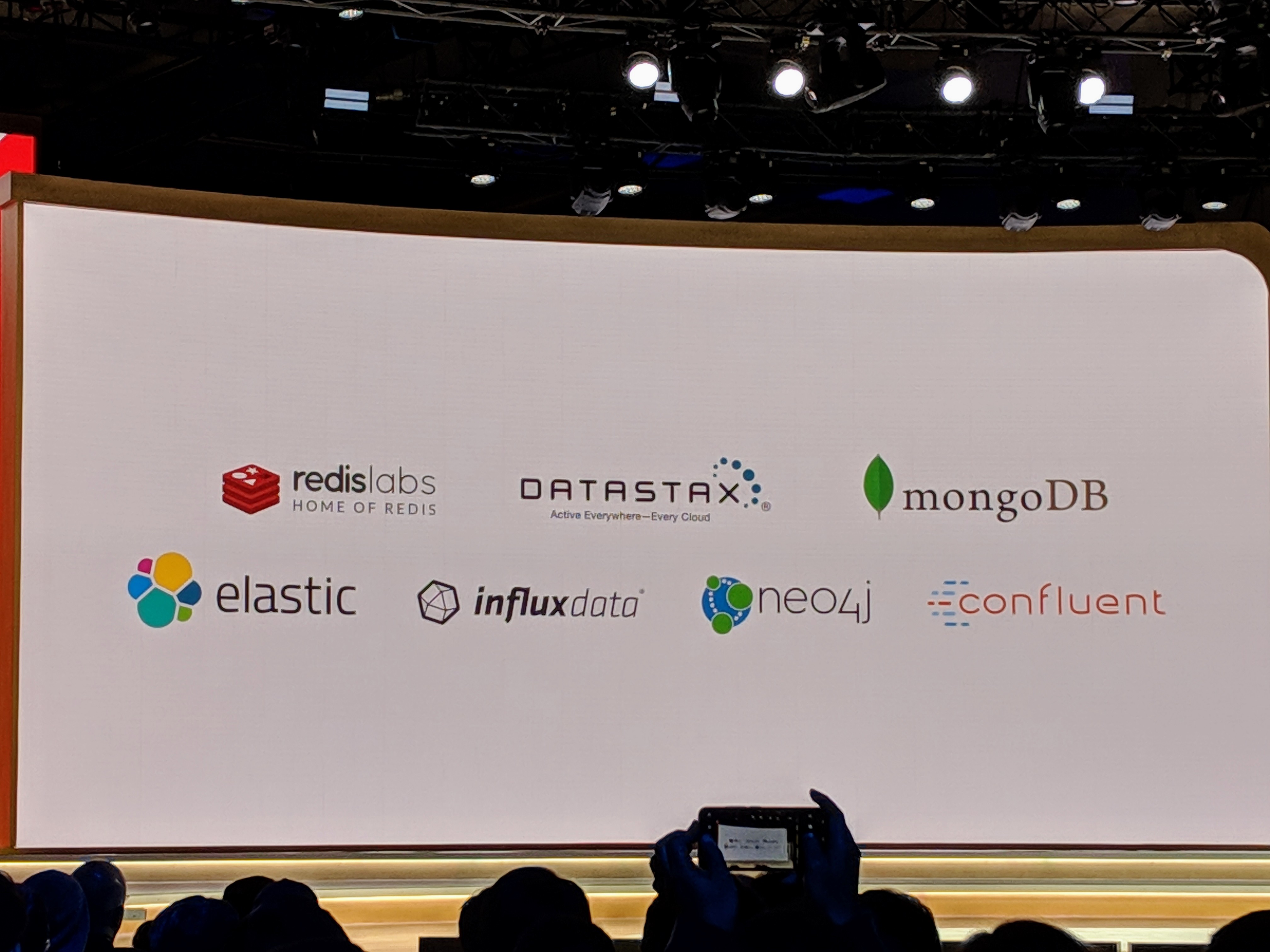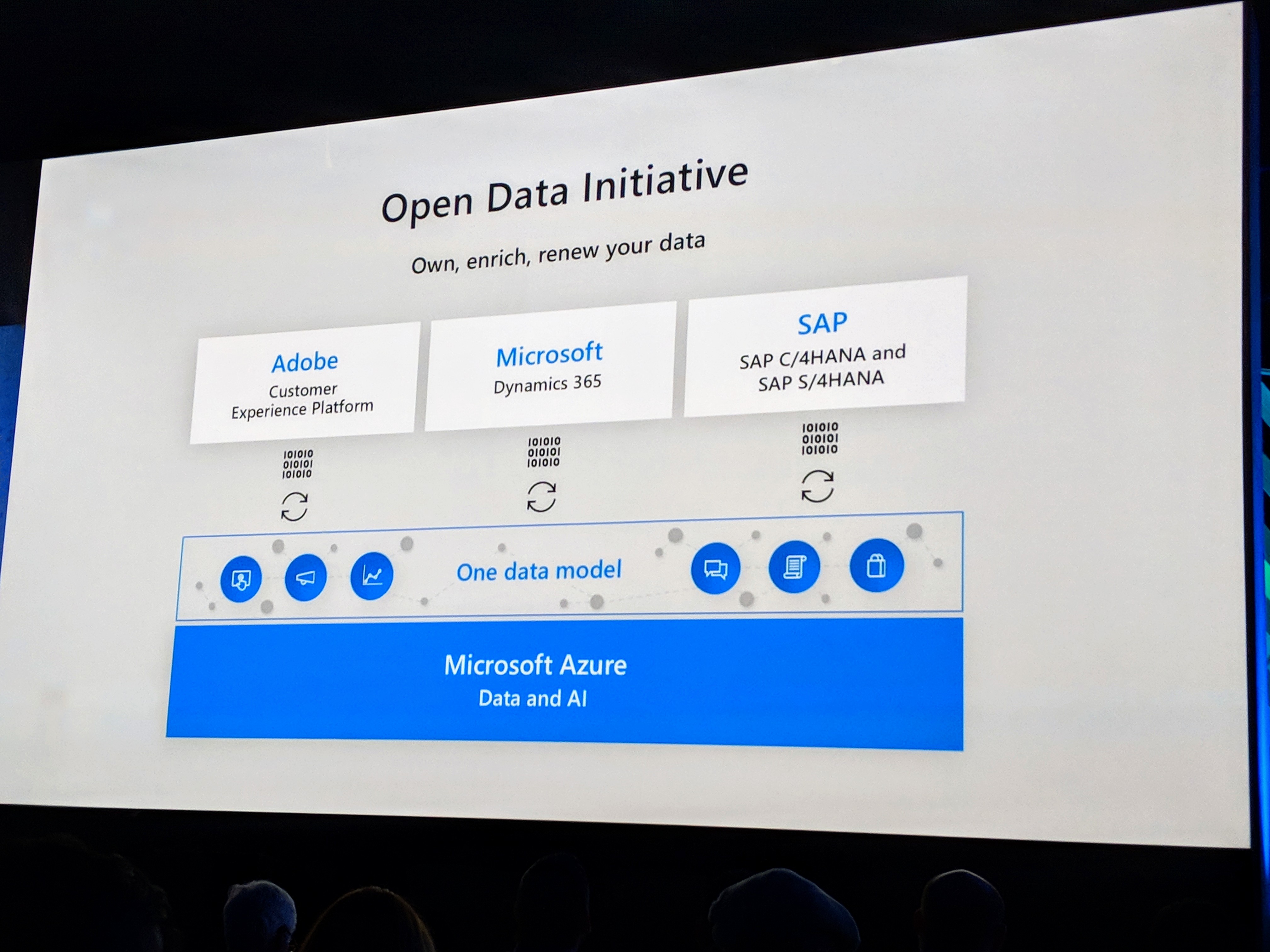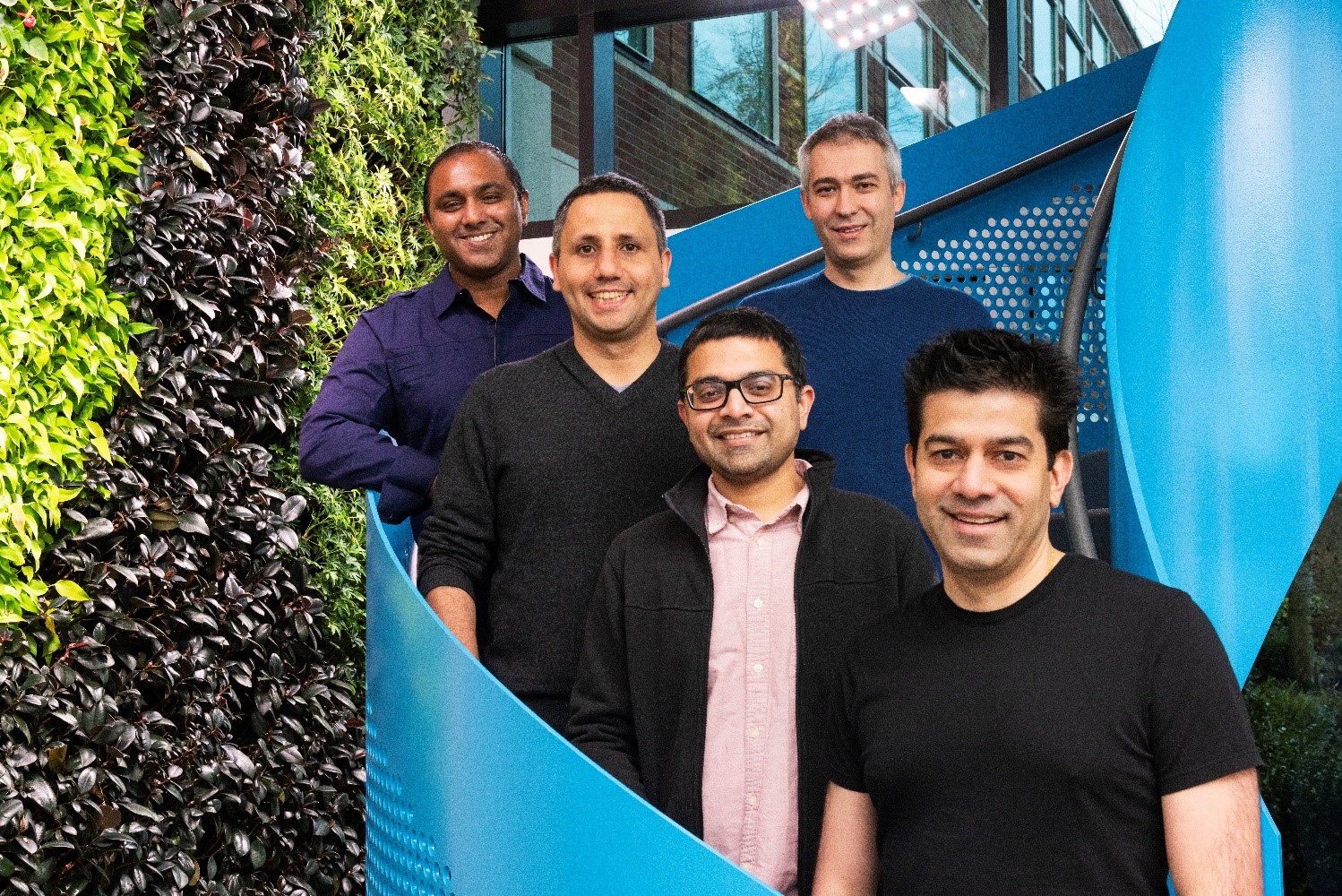Couchbase, the company behind the eponymous NoSQL database, announced a major update to its mobile database today that brings some machine learning smarts, as well as improved synchronization features and enhanced stats and logging support, to the software.
“We’ve led the innovation and data management at the edge since the release of our mobile database five years ago,” Couchbase’s VP of Engineering Wayne Carter told me. “And we’re excited that others are doing that now. We feel that it’s very, very important for businesses to be able to utilize these emerging technologies that do sit on the edge to drive their businesses forward, and both making their employees more effective and their customer experience better.”
 The latter part is what drove a lot of today’s updates, Carter noted. He also believes that the database is the right place to do some machine learning. So with this release, the company is adding predictive queries to its mobile database. This new API allows mobile apps to take pre-trained machine learning models and run predictive queries against the data that is stored locally. This would allow a retailer to create a tool that can use a phone’s camera to figure out what part a customer is looking for.
The latter part is what drove a lot of today’s updates, Carter noted. He also believes that the database is the right place to do some machine learning. So with this release, the company is adding predictive queries to its mobile database. This new API allows mobile apps to take pre-trained machine learning models and run predictive queries against the data that is stored locally. This would allow a retailer to create a tool that can use a phone’s camera to figure out what part a customer is looking for.
To support these predictive queries, Couchbase mobile is also getting support for predictive indexes. “Predictive indexes allow you to create an index on prediction, enabling correlation of real-time predictions with application data in milliseconds,” Carter said. In many ways, that’s also the unique value proposition for bringing machine learning into the database. “What you really need to do is you need to utilize the unique values of a database to be able to deliver the answer to those real-time questions within milliseconds,” explained Carter.
The other major new feature in this release is delta synchronization, which allows businesses to push far smaller updates to the databases on their employees’ mobile devices. That’s because they only have to receive the information that changed instead of a full updated database. Carter says this was a highly requested feature, but until now, the company always had to prioritize work on other components of Couchbase.
This is an especially useful feature for the company’s retail customers, a vertical where it has been quite successful. These users need to keep their catalogs up to data and quite a few of them supply their employees with mobile devices to help shoppers. Rumor has it that Apple, too, is a Couchbase user.
The update also includes a few new features that will be more of interest to operators, including advanced stats reporting and enhanced logging support.
